Monday Jan 12, 2026
Monday Jan 12, 2026
Tuesday, 10 October 2023 00:42 - - {{hitsCtrl.values.hits}}
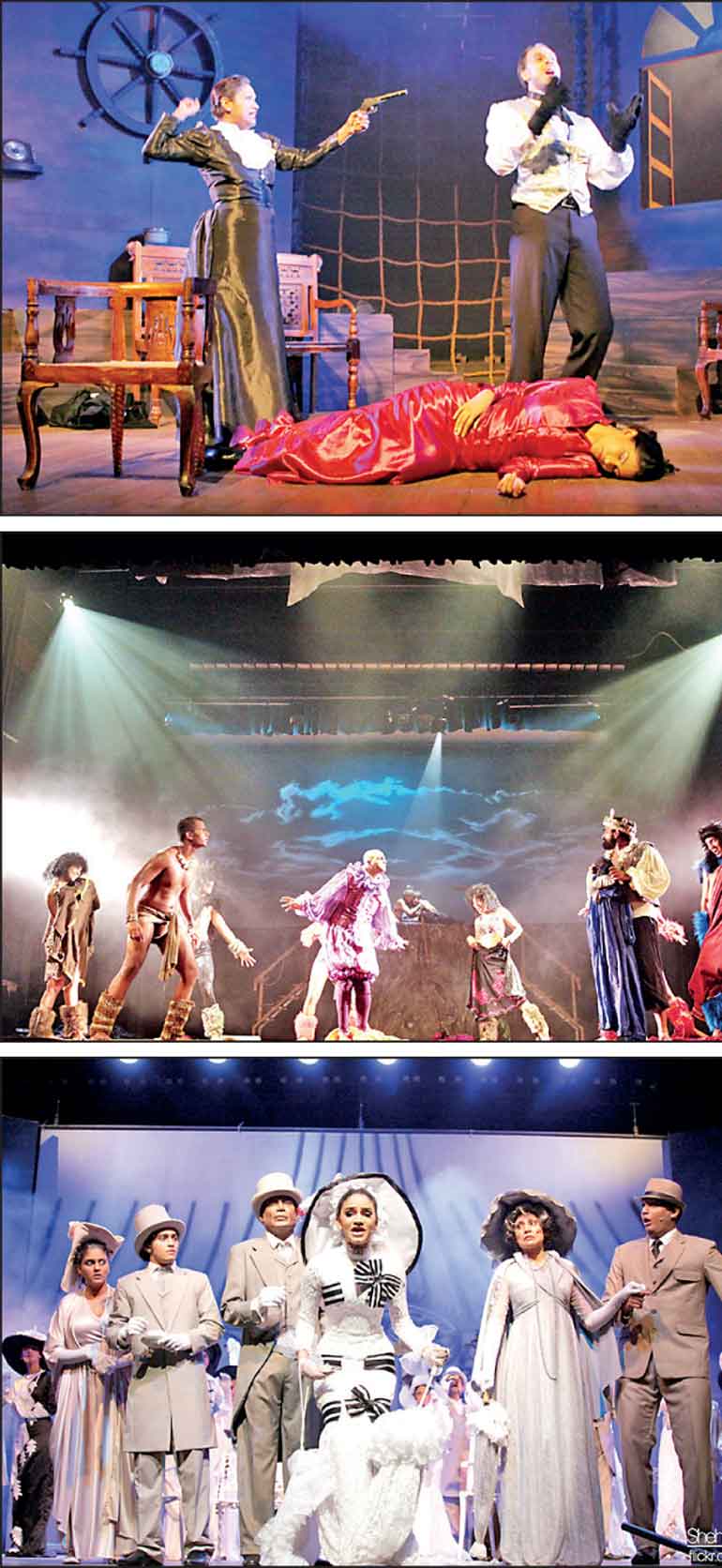
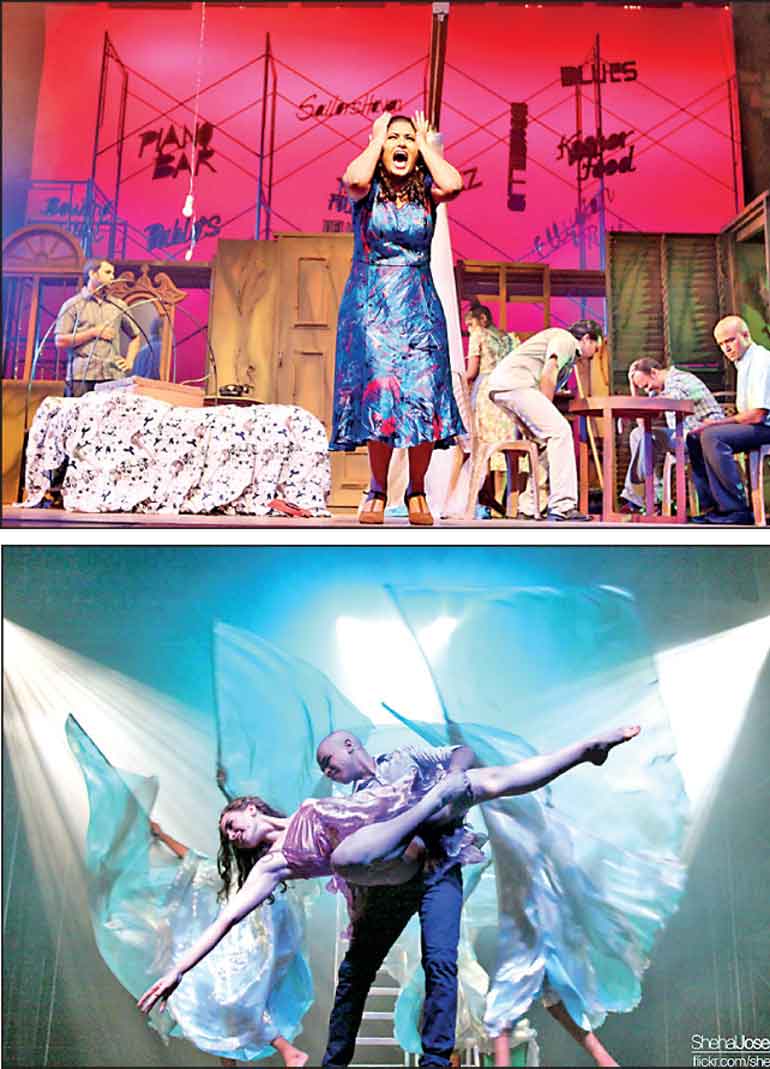
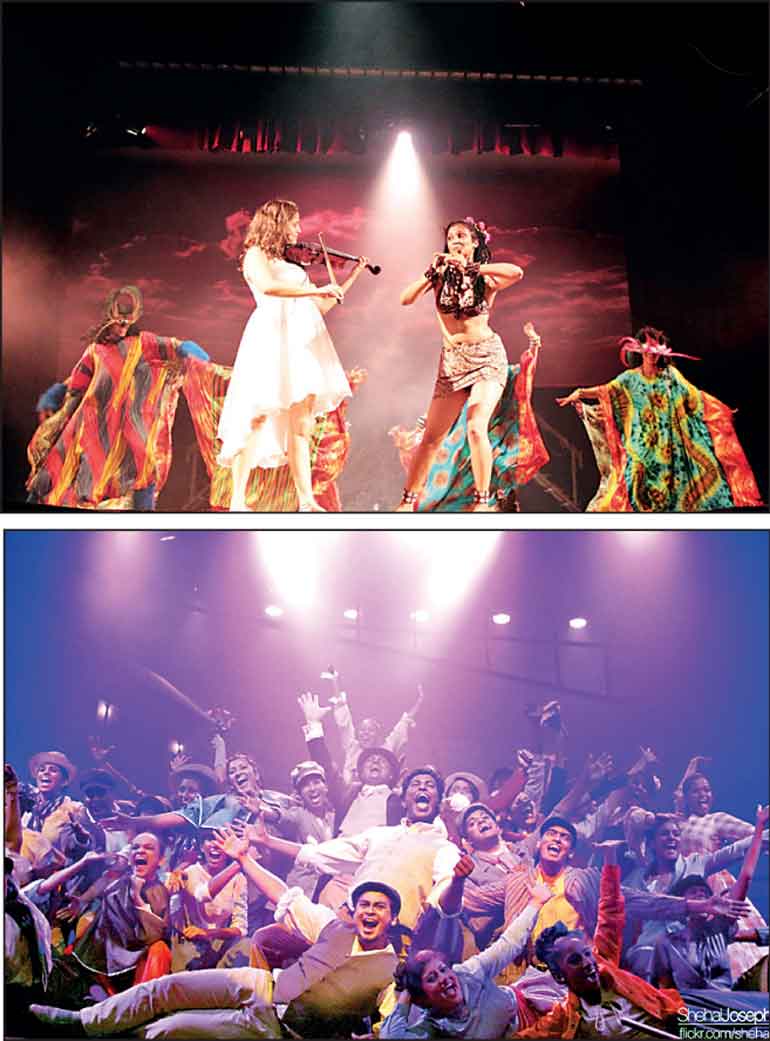

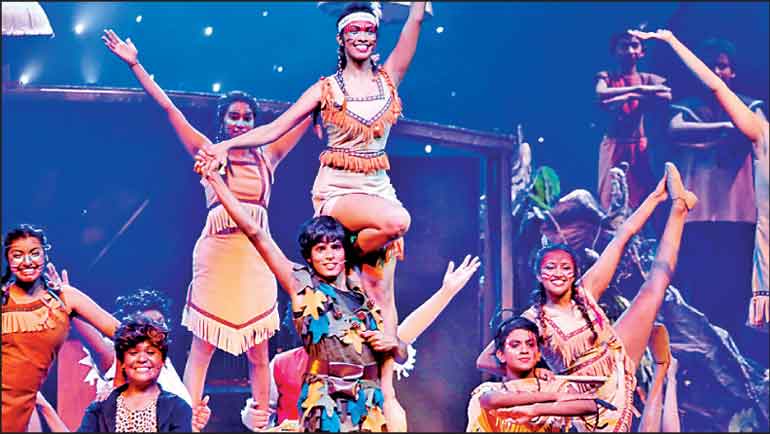
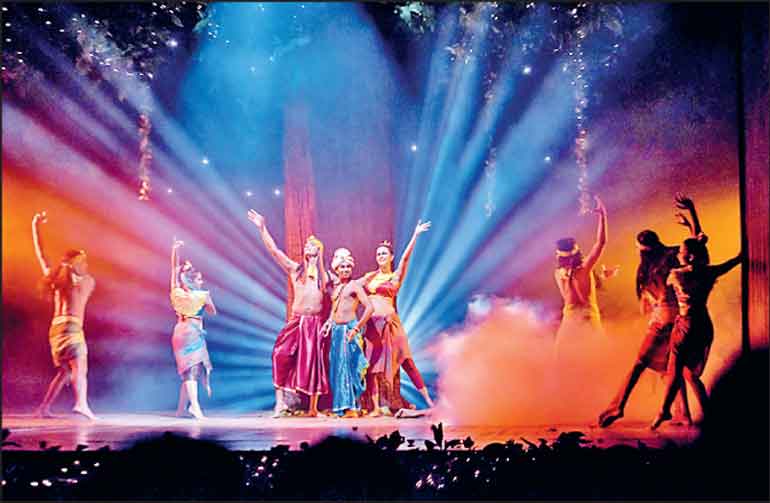
By Dilshan Boange
As the Government galvanises stakeholders in the tourism sector to reach targets to revitalise the economy, it is noteworthy that a significant amount of money has been committed towards marketing communications aka advertising, with an aim to develop a strategy that can help reach current national economic goals.
It was reported in mainstream media that at a press conference held in August this year, Sri Lanka Tourism Promotion Bureau’s (SLTPB) Chairman Chalaka Gajabahu and Marketing Director Dushan Wickramasuriya detailed plans to embark on its most comprehensive global campaign in over a decade. The global scale campaign is to be driven with an impressive budget of Rs. 1.6 billion and said to commence from January 2024 under the leadership of Minister Harin Fernando.
It was stated that Gajabahu had said, “This marks the first global campaign for Sri Lanka Tourism in 16 years. Previous efforts lacked a strategic foundation, and this time, the campaign is derived after in-depth global research and crafted in partnership with Phoenix Ogilvy, the creative and strategy agency.” It must be mentioned that the SLTPB clearly views their marketing strategy agency as a central partner in this venture since the CEO of Phoenix Ogilvy Sudesh Moorthy was also seated at the head table of the press conference.
“Breaking new ground”
Among the facts carried by mainstream media outlets, Gajabahu’s ambitious plan views adopting a holistic approach encompassing both traditional and new age facets of marketing communications including digital marketing, public relations and tapping into the advantages of having celebrity endorsements and social media influencers onboard to take the reach of Sri Lanka as a tourism destination beyond the traditional, and thereby “break new ground”.
In this regard there is no denying that the current Tourism Minister is looking to go all out to market Sri Lanka’s potential to attract tourist segments who can be called ‘experience seekers’. A multifaceted approach to tap into multiple target markets across the globe, one assumes. And seeing as how the outlook seems to be to market much more than the natural scenic beauty, ancient ruins and the vibrant traditional cultural pageantry found in the country, I wondered how much of the plan that is to unfold envisions promoting Sri Lanka’s urban lifestyle to overseas experience seekers? And I do argue upper scale urban living in Sri Lanka’s capital includes more than opulent restaurants, cocktail bars, and nightclubs. Should one talk of a distinct ‘urban cultural lifestyle’ in Sri Lanka, Colombo, undoubtedly holds a uniqueness [compared to other Sri Lankan cities], which in my opinion, may be worth promoting. And one (among several) of the distinct elements that sets Colombo apart from other cities in Sri Lanka is theatre. Colombo has a robust theatre culture which has been gradually gaining ground and building steam over the past couple of decades. It is very much part of the lifestyle of a certain segment of Sri Lankans who have chosen to enjoy the performing arts a part of their lifestyle. It is thus a cultural factor within an urban context.
A well-planned strategy is required
I do not by any means suggest that Colombo’s theatre scene can go neck to neck with New York’s Broadway Theatre industry or London’s West End theatre. But I do believe the robust, resilient, and growing Colombo centric English theatre scene is worth exploring as an urban cultural facet that may be promotable to a small niche market in the Anglophone world.
This in my opinion calls for a well-planned strategy between SLTPB’s official marketing communications partner and stakeholders in Colombo’s English theatre scene. Incorporating the experience of Sri Lankan theatre into tourism is much more different than promoting events which can be called cultural spectacles pursued by a devoted segment of followers. Promoting the Colombo theatre scene would be far more different than communicating news how to experience traditional culturally embedded religious pageants such as for example the sacred ‘Dalada Perahera’ in Kandy; or how to catch the live experience of thrilling sports encounters such as fast paced limited overs cricket matches played in Sri Lanka, in the context of sports tourism.
Irvin Weerackody’s veteran expertise
The ideal person in my opinion in the upper leadership at Phoenix Ogilvy, to gauge the marketability of the Colombo theatre scene in the context of being a facet for tourism, weighing out the intellectual merits and aesthetic factors of what theatre as an urban cultural phenomena has become in Colombo, is none other than the agency’s Founder Chairman Irvin Weerackody.
When it comes to promoting Sri Lanka’s tourism sector Weerackody is a veteran. His track record proves it. A pioneer of Sri Lanka’s advertising industry, Weerackody has been in the game since the policies of open market economy touched the island’s shores in the late 1970s. All that glitters is not gold, and an uncut gem among the dirt may seem a worthless rock to the untrained eye. Weerackody’s keen sense for gauging and differentiating what is intellectually appealing to aesthetically captivating to what actually finally works in the context of the marketing message [aka ‘advertisement’] and the merits of the product itself, is crucial when exploring new and unique ventures.
Phoenix Ogilvy under Weerackody, would be the agency to unearth gems yet to be mined within Sri Lanka’s cultural fabric and sift out what has economic potential in the context of tourism promotion. Weerackody after all understands soundly what is marketable as ‘from Sri Lanka’ and how it must be communicated to international market segments.
A potential niche market for the future
I’m not suggesting there is a ready and waiting theatre tourism market in Sri Lanka. But I do believe Colombo’s theatre scene could be built into the scheme of promoting Sri Lanka’s urban culture as a ‘traveller’s experience’. Developing ‘dinner theatre shows’ with experienced theatre companies is certainly an option to explore ways and means by which the Colombo centric English theatre scene could become an additional feature in packaged itineraries to attract tourists who may want to experience Colombo’s urban cultural lifestyle aspects. When it comes to upmarket urban cultural experience seekers, Sri Lanka’s tourism strategy could envision Colombo theatre centric tour packages aimed at specific market segments.
From Shakespeare, to classic Ceylonese vintage comedy plays, to musicals, to British drawing room comedies, to farce plays, to murder mystery plays, to US modern plays, to English translations of continental European plays, to original plays written in English, to experimental Avante Grade theatre, Colombo’s theatre scene has seen a wide array arrive on the boards over the years.
Theatre, as part of the package?
Could the next big plan of SLTPB being crafted by Phoenix Ogilvy explore the possibility of tapping into the potential of Colombo’s theatre scene as an attraction to be promoted to overseas travellers from the Anglophone world seeking to experience Sri Lanka’s urban culture and lifestyle? Can Colombo’s theatre scene be later tapped to be devised as an urban cultural phenomenon that attracts overseas theatre enthusiasts through packaged tour offers?
Theatre is not profitable is the majority view. But theatre as a cultural experience is not easily ‘tourable’ and conveyable like cinema. The opportunities for high quality Sri Lankan theatre productions to tour overseas and captivate audiences are few and far in between due to costs and logistical factors. Therefore more opportunities could be developed for Sri Lankan theatre practitioners to showcase their talents to overseas theatre enthusiasts, if Sri Lanka’s next big tourism promotion thrust explored ways and means to incorporate the magic of theatre as part of ‘the Colombo experience’ when projecting Sri Lanka to the global tourism industry. An effort as this which will obviously mean ‘breaking new ground’ will require consultation and partnered planning with an institution functionally central to the Colombo theatre scene as The Lionel Wendt Theatre, and prominent theatre companies that deliver crowd pulling theatre productions. Getting overseas social media influencers, bloggers, art promoters, podcasters and such parties who address the international tourism market to promote Sri Lanka’s English theatre culture will also surely be of vital importance.
An unbroken ground worth prospecting?
Will the next tourism boom in Sri Lanka be able to open a new additional rivulet of income into the country by strategically incorporating Colombo’s theatre scene as a cultural experience worthwhile to overseas visitors when visiting Sri Lanka? Prospecting this particular unbroken ground is unlikely to reveal a goldmine. But perhaps a few deposits of sparkling gems? Captivating and enchanting, and with clear potential to be merchandisable? Thus I hope the prospect of giving Sri Lankan theatre a ‘cameo’ on the national stage of tourism promotion will be explored by the helmsmen of the country’s tourism promotion plan of tomorrow.
– Pix credits – Shehal Joseph, Kausn from Theewra